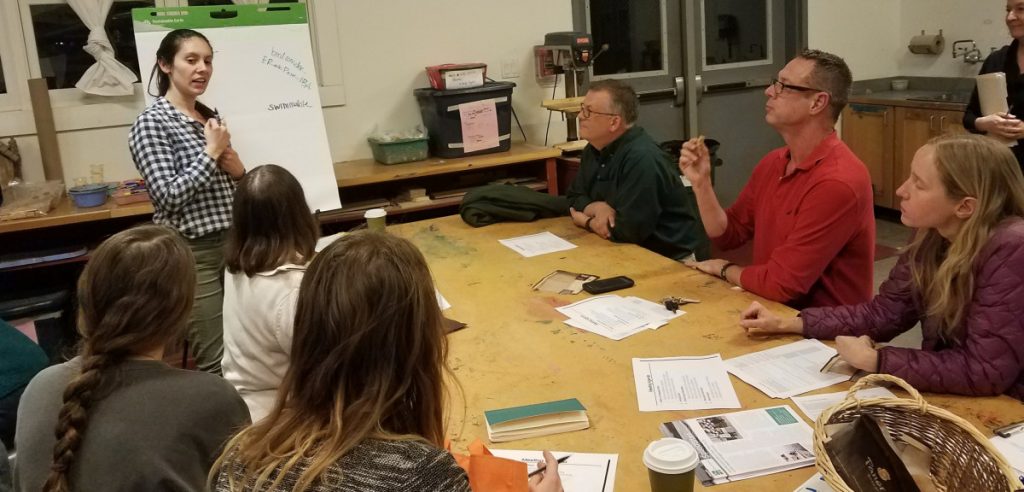Save the Sound leads hands-on habitat restoration, creating lasting physical change that strengthens natural ecosystems for the benefit of wildlife and communities across New York and Connecticut.

At Save the Sound, our Ecological Restoration team mobilizes partners and resources to bring back vibrancy to our shores, rivers, and wetlands. This on-the-ground work includes reopening dammed rivers to migrating fish, installing innovative green infrastructure to stop polluted stormwater from reaching the Sound, and developing nature-based solutions to prevent inland flooding and help our shores absorb the impact of stronger storms.
Dam Removal and Fish Passage
The waterways that flow to Long Island Sound contain more than 5,000 dams, most of which are no longer used. Removing these barriers reopens river habitat for migratory fish, in addition to providing a range of other benefits for humans and wildlife. To learn more, click here.

Green Infrastructure
When rain falls on a field or in the forest, it filters into the soil. In cities and towns, it falls instead on paved or impervious surfaces. Too often, it picks up pollutants from these surfaces and carries them into our rivers and the Sound. Green infrastructure is an engineered approach used to capture and filter this runoff in a way that more closely resembles the field or forest. It takes many forms, from bioswales and rain gardens to blue roofs and constructed wetlands — learn more by clicking here.

Living Shorelines
As sea levels rise and storms grow stronger, our coastal ecosystems and communities are at risk of being disrupted or destroyed. In order to protect them, Save the Sound advocates for and works to implement living shorelines, a coastal stabilization technique that uses natural materials like native salt marsh plants and hybrid alternatives to traditional hardened structures. Learn more about this work by clicking here.

Watershed Planning
In the work of ecological restoration, it is not enough for a single town or community to adopt the solutions described above. Watershed planning is a comprehensive, stakeholder-driven process of assessing the current and future health of a river and all of the lands that drain to it. Save the Sound specializes in leading these processes, as well as executing on the projects (green infrastructure, dam removal, etc.) identified in the resulting Watershed Management Plan. Learn more about this process by clicking here.

Managing Climate Impacts
All of the work our Ecological Restoration team does helps communities and ecosystems build resilience to the growing impacts of the climate crisis. Learn more about how restoration contributes to resiliency by clicking here.
